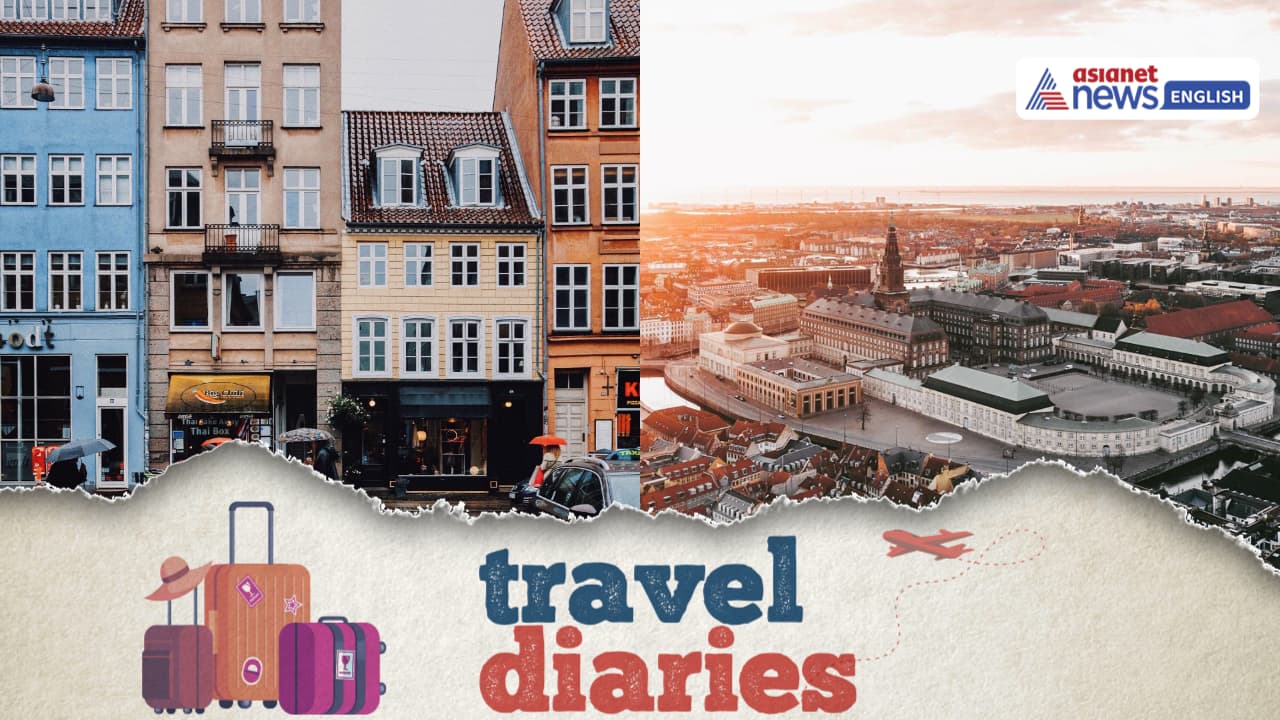Explore Denmark, the land of fairy tales, royal castles, scenic coasts, and modern design. From Copenhagen’s charm to Viking heritage and hygge culture, experience a perfect blend of history, creativity, and Scandinavian beauty.
Denmark is a country where fairy tales meet modern living, where ancient castles rise beside sleek design studios, and where happiness feels like a daily habit. The Scandinavian nation captivates visitors with its clean cities, charming villages, and a deep respect for nature and sustainability. Colourful waterfronts, cobblestone streets, and cycling paths create a perfect blend of history and simplicity. From the vibrant atmosphere of Copenhagen to the quiet beauty of coastal towns, Denmark offers an experience that is both timeless and refreshing. It is a place that celebrates creativity, comfort, and the small joys of everyday life.
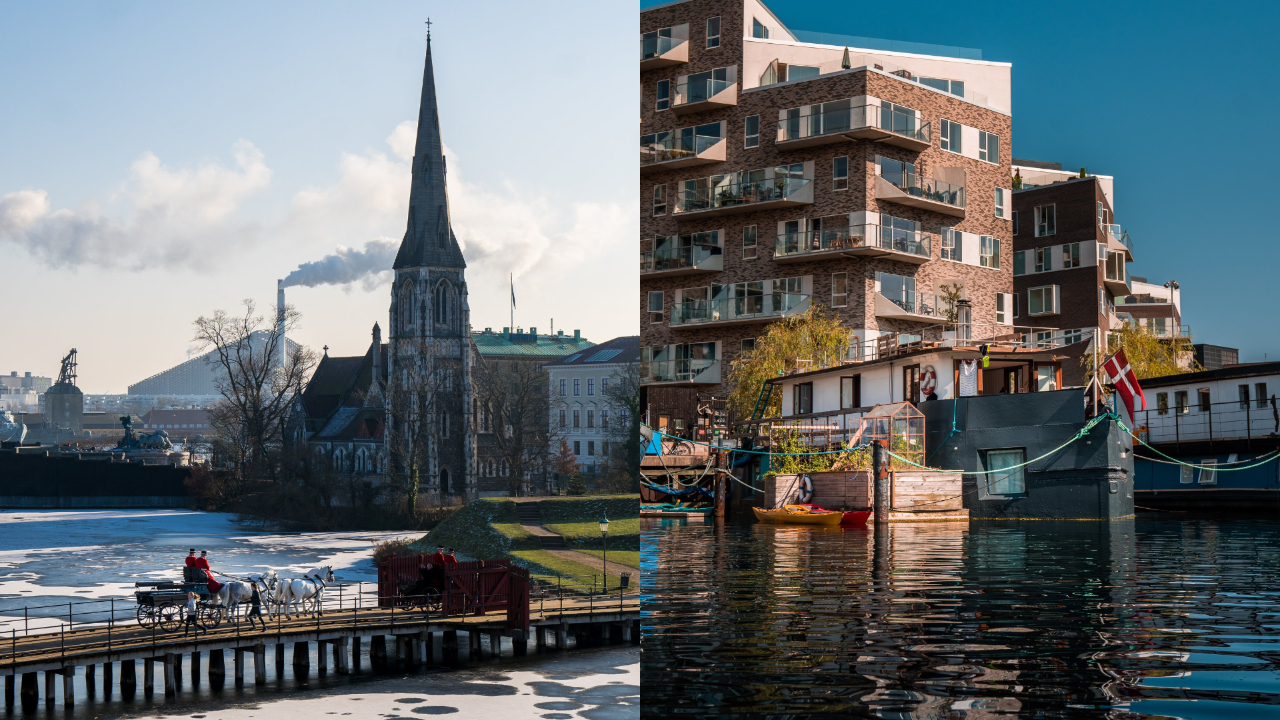
A Brief History of Denmark
The history of Denmark stretches back more than 12,000 years, beginning with the first hunter-gatherers who settled in the region around 10,000 BCE. By 3900 BCE, these early inhabitants had developed agricultural communities, laying the foundation for a society built on farming and animal husbandry.
Between 400 and 700 CE, urbanisation began to shape Danish lands, and the country soon entered one of the most dynamic periods in its history, the Viking Age. In 866–867, Danish Vikings captured York in England, which became the Viking capital there. Around 965, Denmark officially embraced Christianity, marking a major cultural transformation. From 1015 to 1034, England was under Danish rule, reflecting the strength of the Danish kingdom at its height.
The 19th century brought major change and reform. After Copenhagen was bombed in 1807 and Norway was lost in 1814, Denmark ended its absolute monarchy in 1848, adopting the June Constitution of 1849, the nation’s first step towards democracy. Another setback came in 1864, when Denmark ceded Schleswig and Holstein to Prussia.
Denmark remained neutral during World War I, granting women the right to vote in 1915. Iceland gained independence in 1918, and North Schleswig rejoined Denmark in 1920. The country was later occupied by Nazi Germany (1940–1945), but after liberation, Denmark became a founding member of the United Nations in 1945 and joined NATO in 1949.
The post-war years marked closer European ties, with Denmark joining the EEC in 1973 and the EU in 1993. In 2011, Helle Thorning-Schmidt became Denmark’s first female Prime Minister, reflecting its modern and progressive spirit. Today, Denmark thrives as a constitutional monarchy known for its democracy, equality, and strong social values, built through centuries of resilience and reform.
Top Places to Visit in Denmark
Copenhagen: The lively capital known for Nyhavn Harbour, Tivoli Gardens, The Little Mermaid, and elegant royal palaces, a perfect mix of history, design, and modern lifestyle.
Aarhus: A youthful cultural hub featuring the ARoS Art Museum, Den Gamle By, and a vibrant waterfront filled with cafés and art spaces.
Odense: The hometown of Hans Christian Andersen, offering fairy-tale charm, cobbled streets, and museums celebrating Denmark’s most beloved storyteller.
Roskilde: Famous for the Viking Ship Museum, Roskilde Cathedral, and the lively Roskilde Music Festival.
Aalborg: A northern gem known for its scenic waterfront, street art, and blend of historic and contemporary architecture.
Ribe: Denmark’s oldest town, filled with cobblestone lanes, Viking heritage, and a charming medieval atmosphere.
Bornholm: The scenic “Sunshine Island” with beaches, round churches, cliffs, and bike trails, perfect for a relaxing nature escape.
Møns Klint: Dramatic white chalk cliffs overlooking the Baltic Sea, one of Denmark’s most breathtaking natural wonders.
Thy National Park: The country’s first national park, offering wild dunes, lakes, forests, and peaceful hiking trails.
Råbjerg Mile: A vast moving sand dune near Skagen, often called Denmark’s desert.
Skagen: Where the North Sea and Baltic Sea meet, known for its golden light, beaches, and art galleries.
Jutland’s Beaches: Long, scenic stretches at Grenen, Rømø, and Blåvand, ideal for swimming, sand sports, and sunset walks.
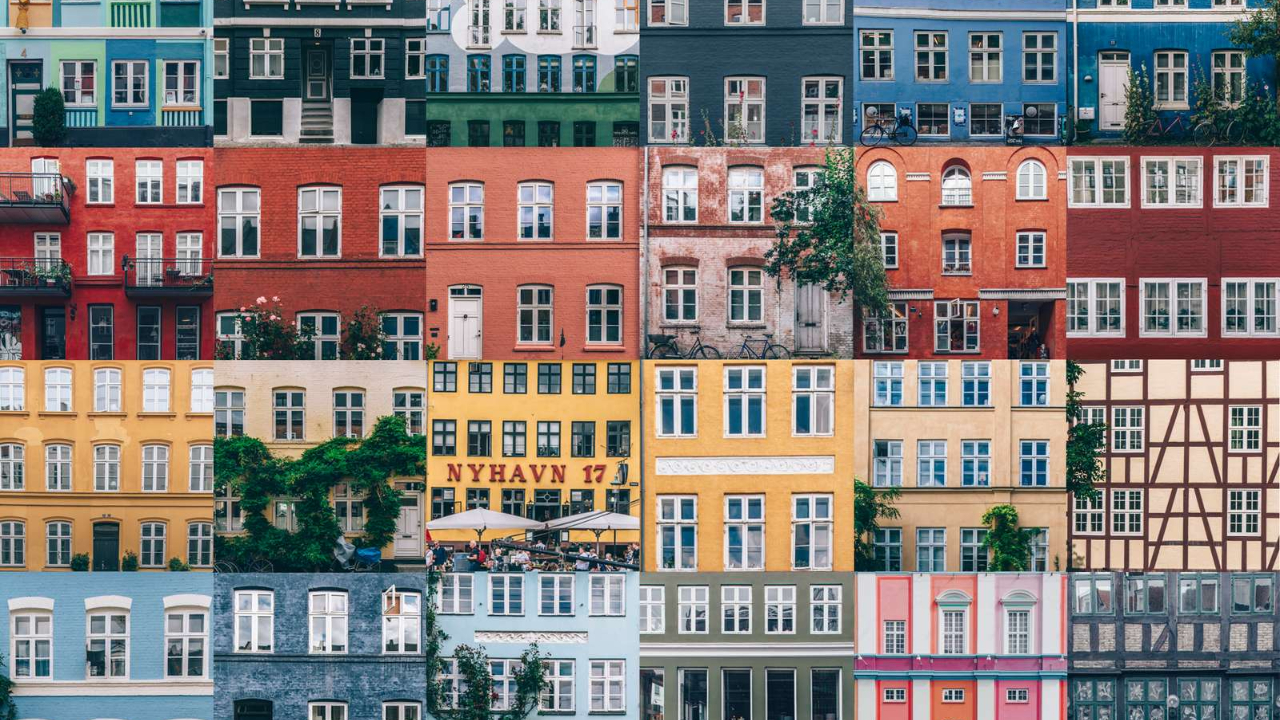
Things to Do in Denmark
- Cycle like a local on Denmark’s extensive bike paths.
- Sail through Copenhagen’s canals for a scenic view of the city
- Experience Danish hygge, the cozy lifestyle of comfort and happiness, in cafés or countryside cottages.
- Visit Viking museums in Roskilde and Ribe.
- Watch the northern lights during rare winter nights from northern Jutland.
- Shop for minimalist Scandinavian design in Copenhagen’s boutiques.
Best Time to Visit
- Summer (June–August): Ideal for sightseeing, outdoor events, and festivals.
- Spring (April–May): Pleasant weather with blooming landscapes.
- Autumn (September–October): Fewer crowds and colourful fall scenery.
- Winter (November–February): Cozy Christmas markets and snowy charm, though cold and with shorter daylight hours.
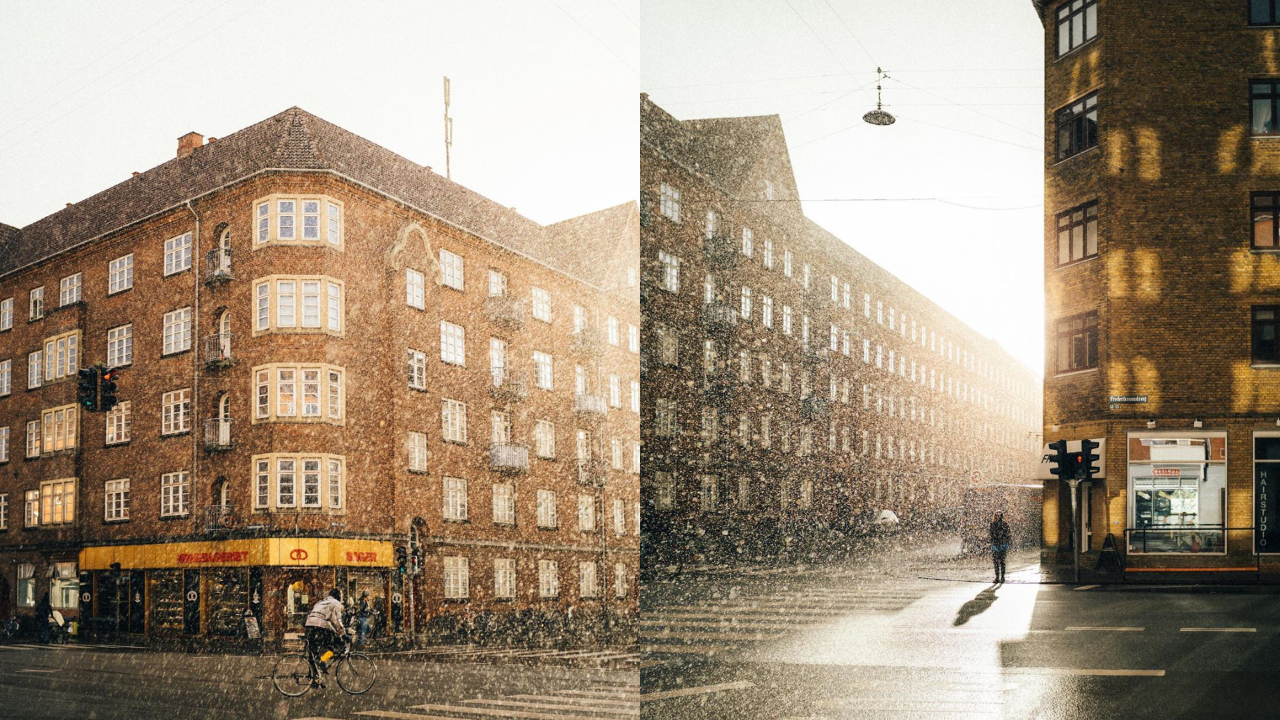
How Indians Can Travel to Denmark?
Visa: Indians need a Schengen visa to visit Denmark. Apply through VFS Global or the Royal Danish Embassy.
Flights: Major airlines such as Air India, Lufthansa, Emirates, and Qatar Airways connect Indian cities to Copenhagen (mostly with one stop).
Currency: Danish Krone (DKK); credit and debit cards are widely accepted.
Language: Danish, though English is commonly spoken.
Travel Tips for Indians
- Carry warm layers, as the weather can be unpredictable.
- Try using public transport or bicycles, it’s efficient and eco-friendly.
- Book accommodation early in summer, especially in Copenhagen.
- Denmark is cashless-friendly, so cards or digital payments are convenient.
- Tap water is safe to drink everywhere.
Getting Around
Denmark’s transport system is one of the best in Europe.
- Trains: Fast and punctual, connecting major cities.
- Buses: Ideal for regional and rural routes.
- Bicycles: The preferred mode of transport for locals.
- Ferries: Connect the islands and offer scenic rides.
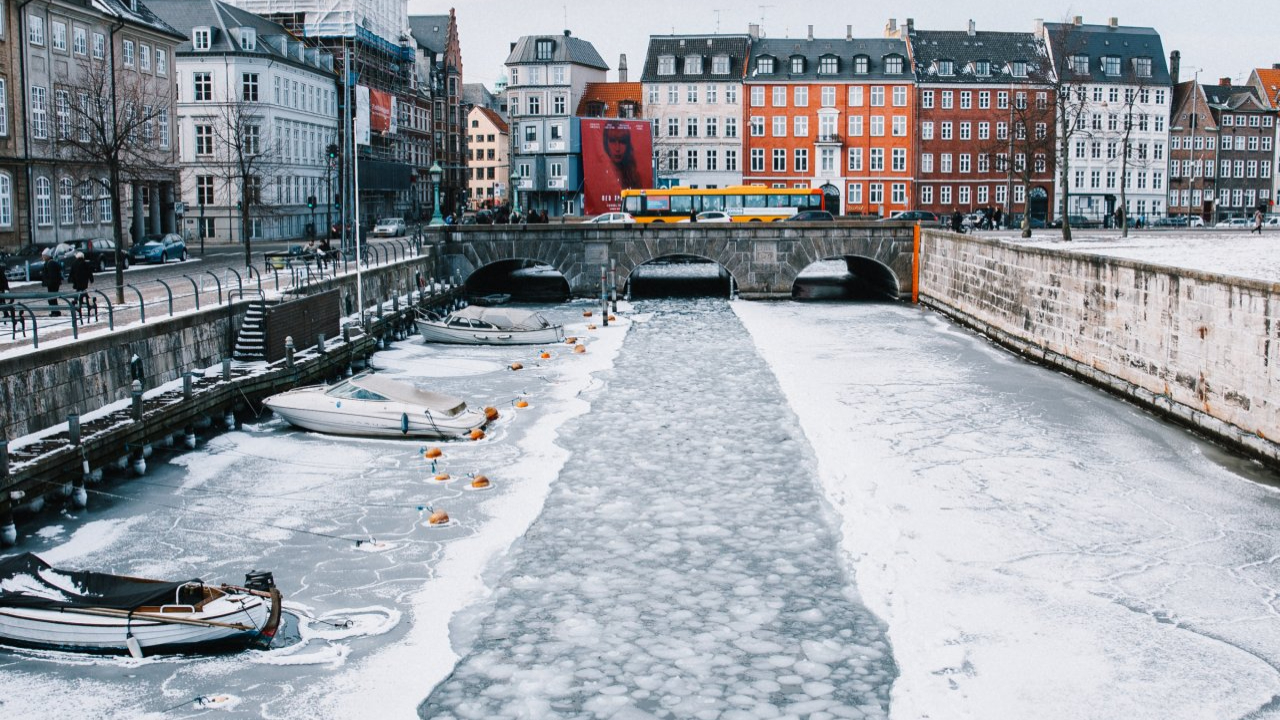
Where to Stay?
- Luxury stays: Elegant hotels and boutique properties in Copenhagen and Aarhus, offering top-notch comfort and Scandinavian design.
- Mid-range options: Modern city hotels and chain accommodations with good facilities and central locations.
- Budget stays: Hostels, guesthouses, and affordable Airbnb rooms ideal for backpackers and solo travellers.
- Countryside retreats: Cozy inns, farm stays, and eco-lodges surrounded by nature.
- Coastal escapes: Beach cottages and holiday homes on islands like Bornholm and along Jutland’s coast.
- Unique stays: Sustainable hotels, design-forward apartments, and renovated historic buildings for a memorable experience.
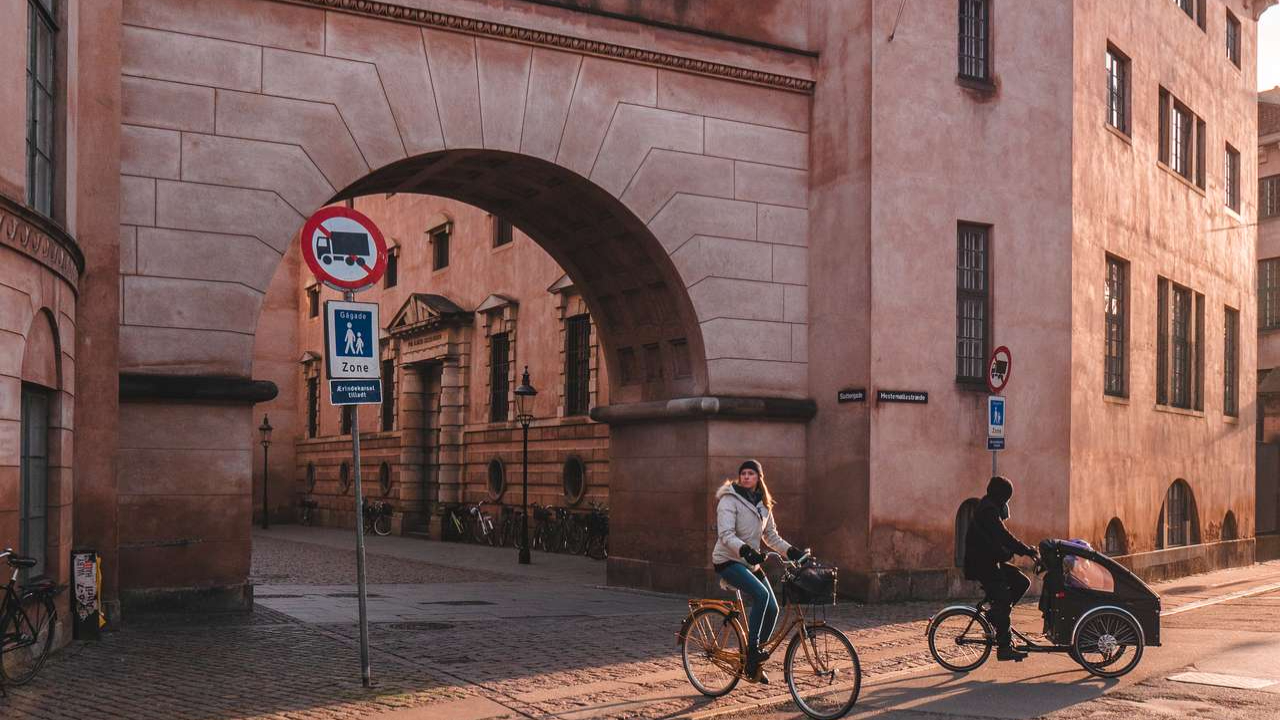
What to Eat?
Danish cuisine combines simplicity and flavor with a focus on local ingredients.
Must-try dishes include:
Smørrebrød: Traditional open-faced sandwiches topped with fish, meat, or cheese.
Frikadeller: Classic Danish meatballs served with potatoes or gravy.
Rugbrød: Dense, hearty rye bread that is a staple in Danish meals.
Danish pastries: Sweet, flaky, and buttery treats, best enjoyed fresh from a bakery.
Hot dogs (Pølsevogn): Popular street food served with mustard, onions, and pickles.
Seafood: Fresh herring, shrimp, and salmon dishes are popular in coastal areas.
New Nordic cuisine: Modern fine dining that focuses on local and seasonal ingredients, with world-famous restaurants like Noma or Geranium.
Local drinks: Try Danish beer, snaps (a strong spirit), or locally brewed craft beverages.
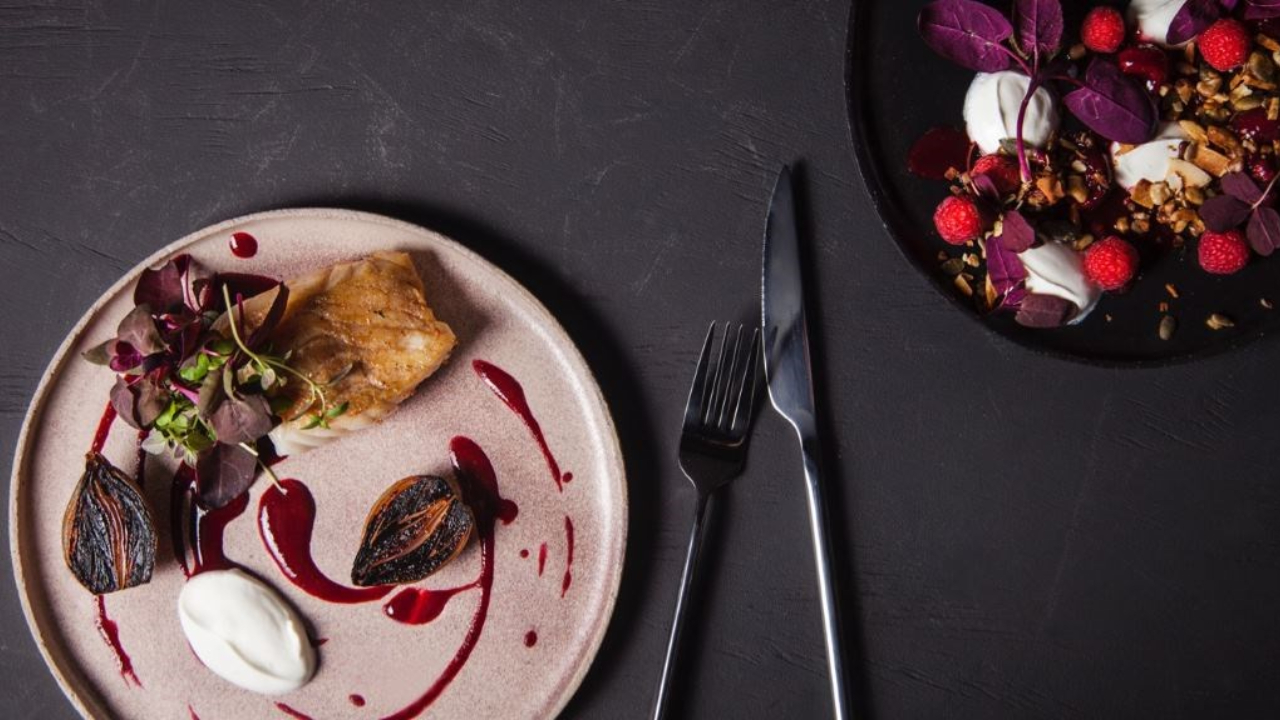
Why You Must Visit Denmark?
Denmark isn’t just a country; it’s a way of life. From its royal heritage and green innovations to its friendly locals and cozy hygge culture, every corner of Denmark offers warmth and inspiration. Whether you are drawn to fairy tales, modern design, or sustainable living, the country’s calm beauty and creative spirit make it one of the most rewarding destinations in Europe.
